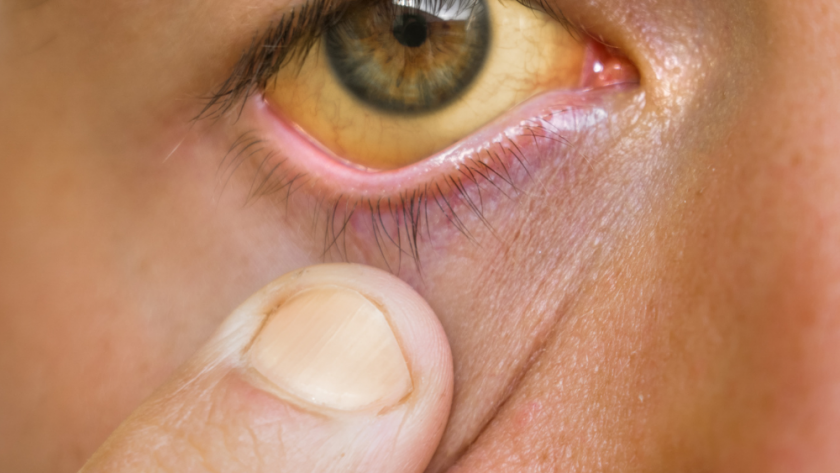San Antonio cirrhosis patients understand the risks they may be exposing themselves to when they fail to contact a professional for diagnosis and treatment. The condition occurs later in liver disease that you are likely to have when scar tissue replaces your healthy liver tissue, damaging your liver permanently. The scar tissues block blood flow through your liver, slowing down its functions. Liver cirrhosis is not cancer. However, your risks of getting liver cancer are high when you have cirrhosis.
What are the various phases of liver failure?
Liver failure happens in stages. Your doctor will diagnose you with liver damage when your liver fails to perform vital functions like bile production to help you digest food and eliminate toxic substances from your blood. Liver failure is life-threatening and can either be acute (comes on quickly) or chronic (happens gradually).
Liver damage happens in various stages, with every step progressively affecting the organ’s ability to function effectively. As a result, the failure occurs in the following phases:
-
Inflammation
In this early stage, your liver enlarges, becoming inflamed. Though you might fail to have symptoms, permanent damage may happen when the inflammation continues.
-
Fibrosis
In fibrosis, scar tissue starts to develop. The scar tissue gradually replaces your healthy tissue though the tissue cannot perform similar functions as your healthy tissue. Eventually, your scar tissue affects your liver function. Since fibrosis does not have symptoms, it might be impossible for your doctor to detect.
-
Cirrhosis
You are likely to have severe scarring in this stage, forcing you to have minimal healthy tissue. As a result, your liver finds it impossible to function effectively. Unlike the previous stages where you might not have symptoms, you will most likely start developing liver disease symptoms.
-
End-stage liver disease (ESLD)
At this stage, the damage is extensive (beyond repair), and the only way your doctor can help is through a liver transplant. ESLD may result in complications like hepatic encephalopathy.
-
Liver cancer
Though you are at a higher risk of developing liver cancer when you have liver cirrhosis, the development and replication of unhealthy cells can happen at any stage.
Symptoms you are likely to have with liver cancer include:
- Unexplainable weight loss
- Jaundice
- Skin itching
- Nausea
- Appetite loss
- Abdominal pain and swelling
Why are you likely to have complications with cirrhosis?
Your liver is a vital organ, thanks to its critical functions. The organ is responsible for producing substances your body needs for proper functioning, eliminating toxic substances likely to harm your body, and moderating the glucose and lipids supply your body uses for energy. However, cirrhosis destroys the relationship between your liver cells and blood. Additionally, the scarring obstructs blood flow through your liver, forcing blood to pool in your portal vein. The resulting pressure may cause portal hypertension.
Since the blood in your portal vein has to find ways to reach your heart, the vein seeks low-pressure veins bypassing your liver. Unfortunately, your liver cannot add or eliminate substances from the blood.
Cirrhosis is not an instant fatal condition. However, as scarring continues and your liver function deteriorates, you may have a life-threatening situation. Contact your doctor when you suspect cirrhosis to prevent the disease from progressing.



